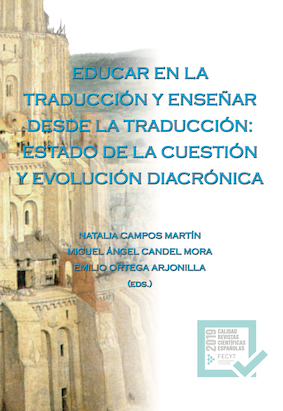Competences for legal translation: models, approaches, and perception of lecturers
DOI:
https://doi.org/10.7203/qf.24.16311Keywords:
legal translation, competence-based teaching approach, translation competence, translation education, teaching methodology Abstract
Abstract
The article we present below analyses the characteristic elements of a competence-based approach in legal translation education, together with the methodological challenges it poses for translation students. Using both qualitative and quantitative research methods, the article aims to provide an accurate depiction of the way legal translation is taught in Spain through the analysis of all existing legal translation syllabi at undergraduate level. The results were contrasted with a number of semi-structured interviews to legal translation lecturers, allowing us to explore what happens in the legal translation classroom and reflect, at the same time, on the lecturers’ perceptions, experiences and opinions about it.
 Downloads
Downloads
Downloads
Published
How to Cite
-
Abstract748
-
PDF (Español)807
Issue
Section
License
 Este obra está bajo una licencia de Creative Commons Reconocimiento-NoComercial-SinObraDerivada 4.0 Internacional.
Este obra está bajo una licencia de Creative Commons Reconocimiento-NoComercial-SinObraDerivada 4.0 Internacional.
Authors who publish with this journal agree to the following terms:
- Authors retain copyright and grant the journal right of first publication with the work simultaneously licensed under a Creative Commons Attribution License that allows others to share the work with an acknowledgement of the work's authorship and initial publication in this journal.
- Authors are able to enter into separate, additional contractual arrangements for the non-exclusive distribution of the journal's published version of the work (e.g., post it to an institutional repository or publish it in a book), with an acknowledgement of its initial publication in this journal.
- Authors are permitted and encouraged to post their work online (e.g., in institutional repositories or on their website) prior to and during the submission process, as it can lead to productive exchanges, as well as earlier and greater citation of published work (See The Effect of Open Access).



